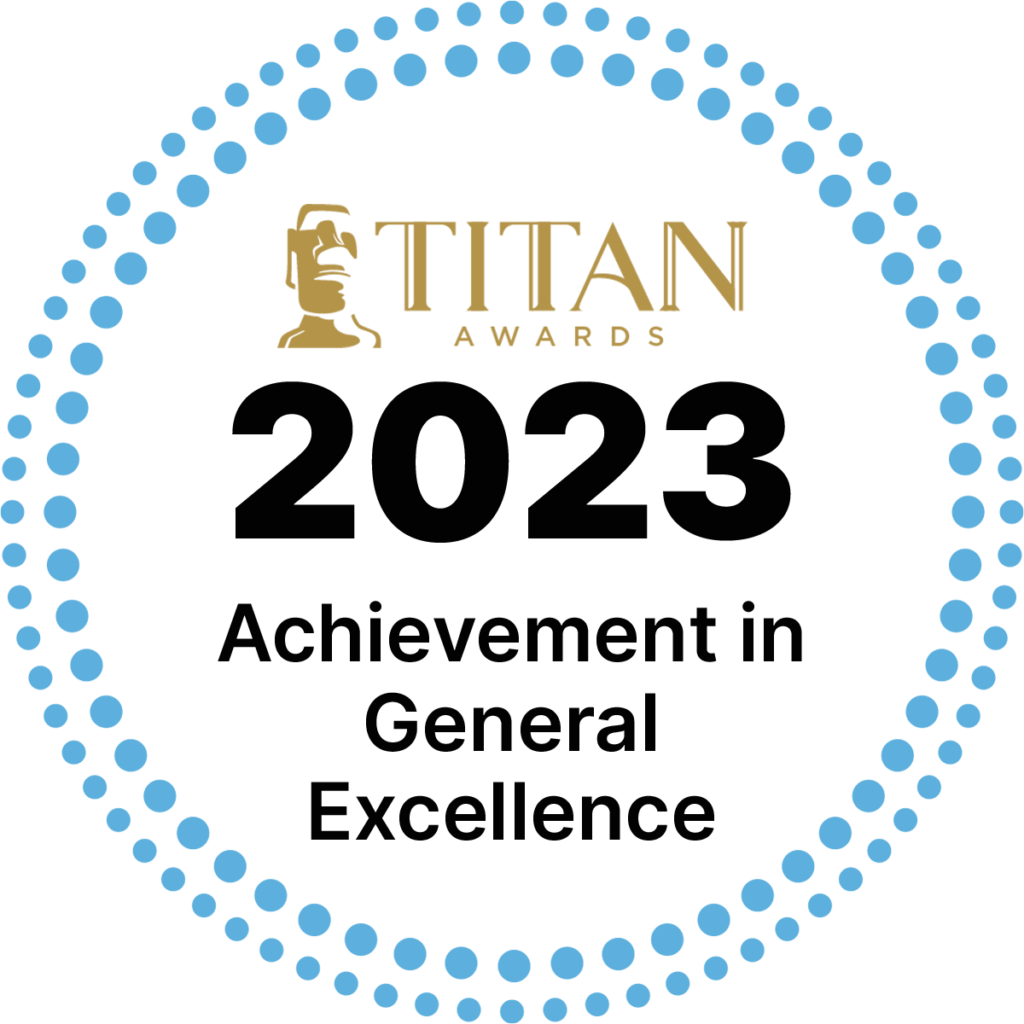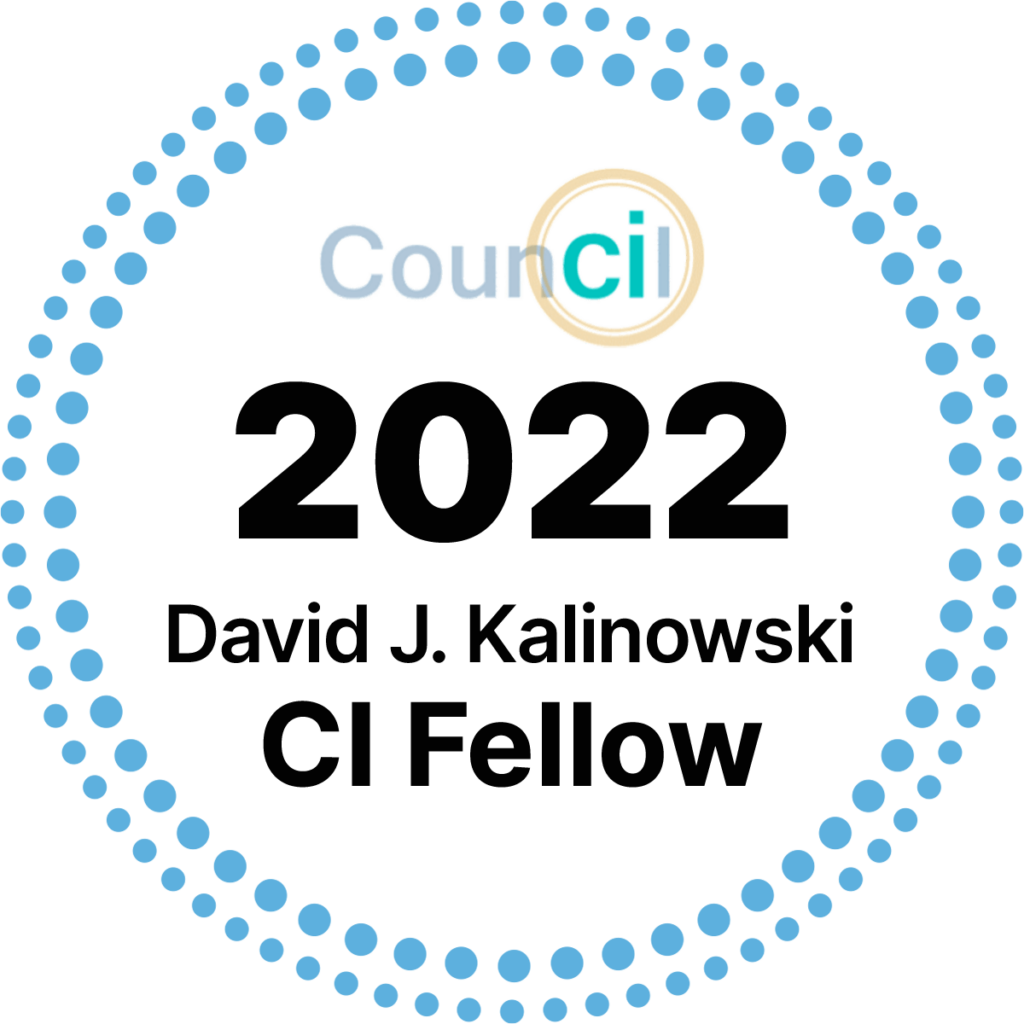Published: September 20, 2016
We’re nearing the end of our five-part series. There’s no need to go in order, but be sure to get caught up with our first, second and third posts in the series for more information.
Tip #4: AGREE ON REALISTIC DEADLINES, AND COMMUNICATE REGULARLY
Timing is (almost!) everything. It’s vital to agree on realistic time frames for completing a project. This is true in most fields, but particularly so in CI, which depends so heavily on human source availability (primary sources).
Most of the information your team obtains is not sitting out there on the internet – it’s just not available from secondary research sources. Primary source research is what distinguishes CI from standard market research and information monitoring. Key sources have travel schedules, meetings, vacations, and other factors that may not make them available on your project’s timeline.
For example, workers in parts of Europe take longer holidays than U.S. workers typically do. There are some times of the year when it can literally take 4 weeks for sources to return a call. If your client wants work to be completed in 3 days and your team says it needs 5 days, ask for the 2 extra days. CI directors need to explain to clients that if they must have the information in the shorter time frame, they may have less than optimum quality in results (see our second post in the series for more information).
Educate the client that having 3 days to complete a project does not translate into having 3 full days to conduct research and prepare analysis. A timeline must include time for your team to strategize, conduct baseline secondary source research, engage in primary source research with sources that are available, analyze the findings, synthesize the results and implications, and write the report.
CI directors: Don’t bite off more than you can chew. If you notice your team is taking in more work than it can deliver while maintaining a high quality level, first, recognize that this is a good thing. Second, get outside help. Third, delay start dates and/or extend deadlines. It’s better to be open with clients that your team is currently swamped or over-capacity, than to take something on and not deliver.
To avoid taking shortcuts in your research process or compromising quality of results, ensure a realistic deadline for completion.
But it’s not enough to clarify deadlines: you have to let your clients know you are meeting them. Clients get edgy and nervous if they don’t see the status of a project. That’s human nature. Communication throughout a project helps set the level of expectations upon delivery of the final report.
Don’t let clients feel ignored. Some of the best advice I’ve ever received was, “Call the client before she calls you.” Give updates. Share preliminary findings, noting that it is subject to change and should not necessarily be disseminated yet.
If it looks like you won’t be able to obtain certain information, that’s okay – but be sure to let the client know early enough, not the day before the project is due.
If, during the course of the project, the client wants to change the scope (“scope creep”), then determine how far you are willing to go to meet the request, and discuss it with the client. If necessary, develop a formal change order to confirm expectations. Scope creep can happen when a client says, “While you have your sources on the phone, can you also ask them about …?” Inform them that this may be possible. But, along with any changes, the client should be made aware that the fees and timing could be affected depending on what exactly is modified in the project scope.
Our final post in the five-part series will launch next week, so be sure to check our blog then!













